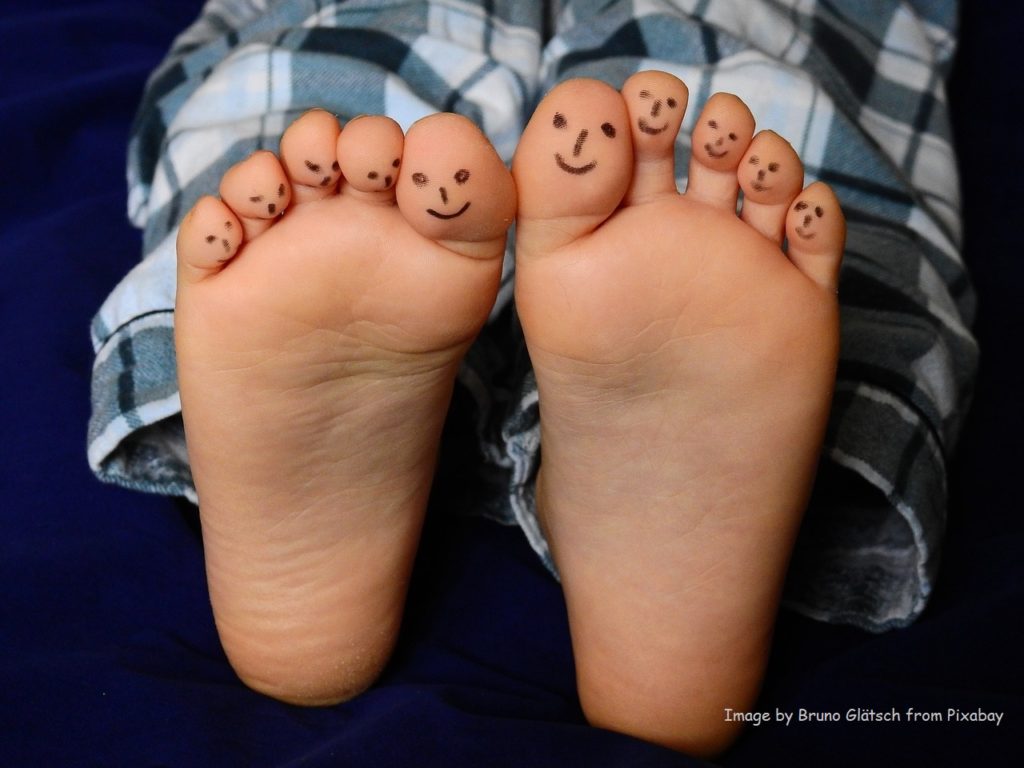Bye-Bye Binkie: weaning the Nuk, pacifier or Binkie
Ode to the Binkie
Bed time when toddlers start to shout,
It is you, dear binkie, who knocks them out.
Those thumb suckers look so snide,
But haven’t been without you on a long car ride.
None in the diaper bag, none in the crib?
Take one from our infant sib.
If you touch the ground, I’ll give you a quick blow,
Back into the mouth you’ll just go.
But now my child can run and jump with both feet off the ground,
Two to three word sentences she can sound.
If old enough to politely ask for you,
Then old enough to make permanent teeth go askew.
Oh dear binkie, you once had your place,
Now let’s take the cork from the face.
Once you were our beloved binkie,
But right now… you are just stinky.
Whether you love or hate the pacifier, at some point, to avoid the possibility of dental and speech articulation impairment, your child needs to wean. Besides, it’s nice to see your child’s entire face. The easiest time to wean is usually around two to three years old. At that point, your child’s dependence on sucking for self-comfort begins to lessen and he begins to want to dissociate himself from being a “baby.”
Now that it’s the New Year, here are some ways to say bye-bye to the binkie, if this is on your child’s (or your) resolution list.
- Throw the pacifier across the room and entice your child to say with you, “Yucky, binkies are for babies.”
- Restrict pacifiers to specific places such as your home, crib, or bed
- Take a “Binkie finding hunt” with your child and gather all the binkies into a basket. Have the binkie fairy come overnight, take the basket, and leave a present in the morning. Alternatively, one set of parents told me that they told their child that they were gathering binkies for babies who didn’t have any.
- If giving your child a pacifier is part of your bedtime routine, start to introduce something else such as a special blanket or stuffed animal.
- Sometimes as parents, we are the ones who have to be weaned. When your child is upset, do not automatically pop a binkie into your child’s mouth. Seek other ways to help your child calm himself
- Vow to yourself not to buy new pacifiers at the grocery store. Gradually the pacifiers left in the house will disappear or the mold on them will prompt you to throw them away.
- Cut a small hole in the tip of the nipple- the binkie will not “be the same.” Tell your child that the binkie is broken and throw it away.
- Vacations disrupt schedules. Therefor, sometimes in an unfamiliar bed, children wean habits. Conveniently forget the binkie while going on vacation and do not introduce it on return home.
- By age three, most kids appreciate the value of a good bribe. Offer them a reward for going a whole week (or at least 3 days) without the binkie. One night doesn’t count because often the second night is more difficult for the child than the first when he is giving up the binkie. Once you have gone a week, the child will have no desire to go back. Just make sure you have disposed of every last binkie in your home so they will not have reminders of the “good old days.”
Naline Lai, MD with Julie Kardos, MD
Poem by Dr. Lai
©2010 Two Peds in a Pod®
Special note: all of Dr. Lai’s and Dr. Kardos’s children are former binkie users. You could call us “binkie specialists.” Leave a comment about how your child weaned.
 Well it finally happened. The day all mothers with daughters regard with mixed feelings. No, I’m not talking about my daughter’s first period. Today I discovered that my oldest daughter’s foot size is the same as mine.
Well it finally happened. The day all mothers with daughters regard with mixed feelings. No, I’m not talking about my daughter’s first period. Today I discovered that my oldest daughter’s foot size is the same as mine.